Audience Analysis
Place
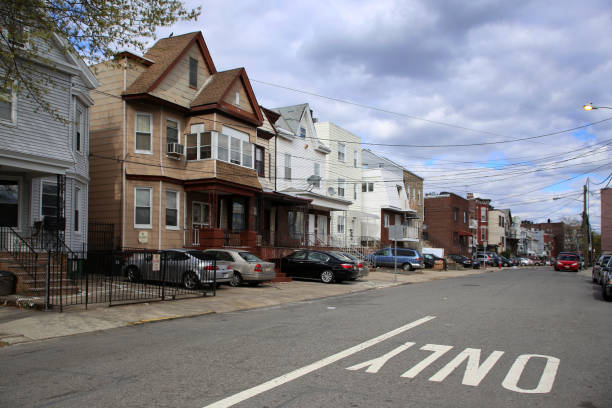
This section will look at the “Place” attributes of a community and their impact on vaccine uptake— from access to healthcare, to transportation and beyond.

Data trackers are starting to provide data on vaccination rates by race and ethnicity. Where available, such data can be a starting point for identifying COVID-19 inequities in a population, particularly in the distribution and availability of vaccines to vulnerable and underserved communities.
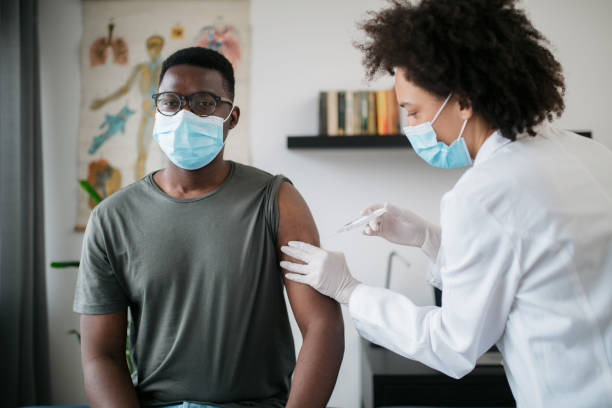
For COVID-19 vaccine uptake to occur, the vaccine actually needs to be available in the community. While we may not be able to speed up supply chains, we can be transparent in outreach communication.
Communication Implications
When communicating about vaccine availability in your community:
- Give accurate and timely information updates regarding county vaccine distribution, availability, registration help, and access points.
- Emphasize that the vaccine is free for all adults, regardless of their insurance status, immigration status, or employment status and are encouraged to get vaccinated.
- Stress that counties are working with public health officials and pharmacies to ensure that all residents who want the vaccine can successfully register for it and receive it.
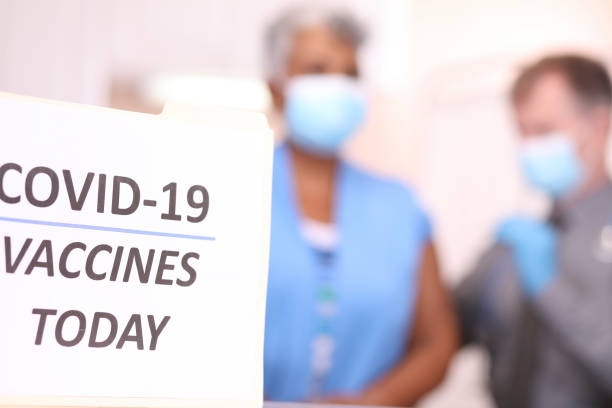
For community members who have decided to be vaccinated, communication efforts can play an important role in supporting successfully registration for the vaccine. But for some vulnerable and underserved populations, where digital resources may not be as ubiquitous or digital literacy is low, this can be a barrier to vaccine adoption.
Communication Implications
Access and sign up issues to remember when crafting messaging:
- Online registrations, QR codes, and other digital methods can be quick and convenient for those with moderate to high digital literacy.
- Encourage those who may have lower digital literacy to call community services hotlines such as 211 and 311 for help.
- Have trusted volunteers from the community assist with the sign up process (e.g., church deacons can help elders sign up).
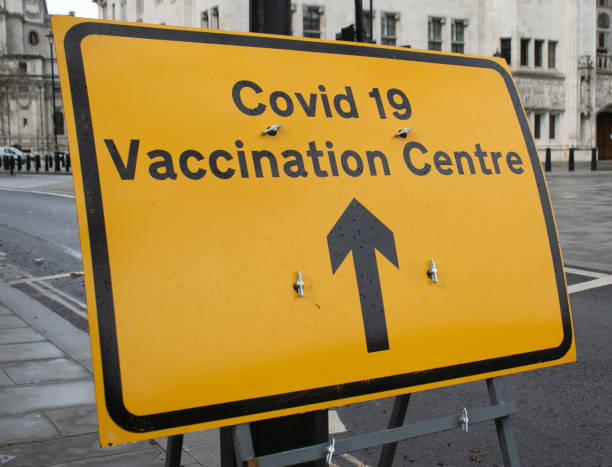
Even if community members successfully sign up for a COVID-19 vaccine, transportation is limited for many people. Effectively communicating to the public about where the vaccines are given and how to get there is an important part of outreach.
Communication Implications
Limited access points (such as in rural communities) and lack of transportation can be a barrier to vaccine adoption. Many counties are exploring unique solutions to accessibility – for example, mobile vaccination clinics. Some issues to keep in mind for public campaigns:
- Acknowledge that not all community members can drive or have access to public transportation.
- Emphasize that public health officials want to make it as easy as possible for people to get vaccinated and are coming up with solutions, such as mobile services.
- Ensure that digital communication about vaccine location is updated frequently.
- Low-tech printed materials are also useful ways to inform the public about where they can receive a vaccine and who to contact if they are unable to get there.

Some members of the community may be hesitant to sign up and receive the COVID-19 vaccine due to their insurance status. This hesitancy can slow a community’s ability to reach herd immunity and get back to ‘normal’.
Communication Implications
When creating messages to encourage COVID-19 vaccination, remember the following:
- Make clear that all adults, regardless of their insurance status, immigration status, or employment status are eligible to get vaccinated against COVID-19.
- Reiterate that the vaccine is free to all adults living in the United States.
The next section includes considerations about Message Design that will help as you draft key messages for your community.

